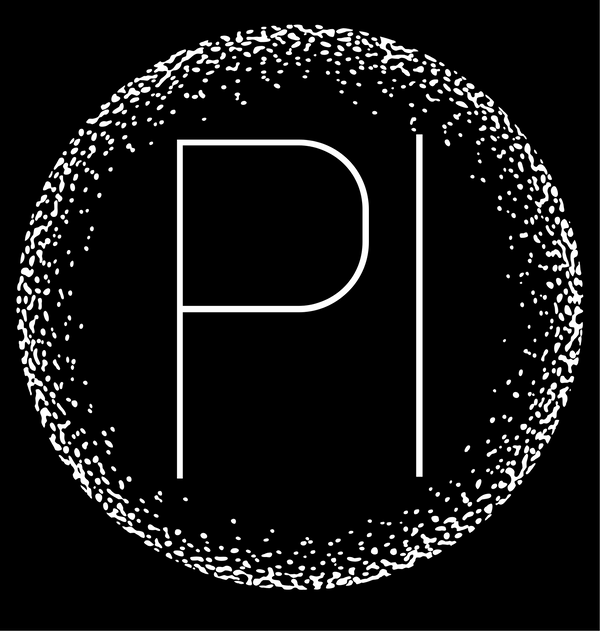Session Worksheet
The Power5 Impact Model is aligned to the brain-based approach and works on creating new connections on the five levels of neural pathways that dictate perspective and comprehension. This coaching session structure enables you to powerfully coach or self-coach to generate new thinking by creating new neural pathways in the brain.
MORE ABOUT THE POWER5 COACHING STRUCTURE AND THE BRAIN
Before starting the session, establish your current position and familiarise yourself with the Impact criteria by rating yourself on how satisfied you are now in each area by drawing a line at the relevant percentage level. Shade in each segment, if you prefer.


Step 1: Your Power5 starting strategy
5. Your level 5 impact goal is:
Complete your goal then move down to level 1 and complete 1, 2, 3, 4 in that order.
4. What are your motivational/emotional value drivers:
3. What are the functional or operational aspects:
2. What are the transactional aspects:
1. What are you and your capabilities, knowledge and skills:
Step 2: Key personal strengths or resources required for success
A.
B.
C.
D.
E.
Step 3: Identify a symbolic living thing, that represents the key strengths from Step 2.
Step 4: Using the internet search for an image that capture the energetic essences of the strengths identified in Step 2.
Step 5: Abstracting strengths and positive attributes to create new neural pathways
About mental transference/mapping. You can use the Power5 Model as a way to effectively transfer one strategy to another using your imagination. This transfers positive resources to help you work towards your goal. This uses your mind's sub-modalities to create new thinking.
Here is an example of how each level can be mapped to create a picture or drawing.
POWER5 MENTAL LEVELS |
5 LEVELS OF A PICTURE |
|
5. Biggest vision, no detail |
5. Colour |
|
4. Direction/Motivation |
4. Emotion |
|
3. Functional/Operational |
3. Subject Matter |
|
2. Transactional engagement |
2. Object |
|
1. Smallest individual detail |
1. Line |
Now create your abstract expressions of your found image from Step 4 by representing each strength or resource in step 3 on a blank sheet of paper or canvas, individually or combined using the 5 levels of a picture above.
Step 6: Take another look at your original image, what additional resourcefulness do you now see that were not obvious before? Make a note of up to 10.
Step 7: Now reviewing your 5 level impact strategy from Step 1, what insights and meaning come to mind?
Step 8: Based on your insights, list at least 3 actions that you take immediately to start your journey to achieve your goal.
1.
2.
3.
